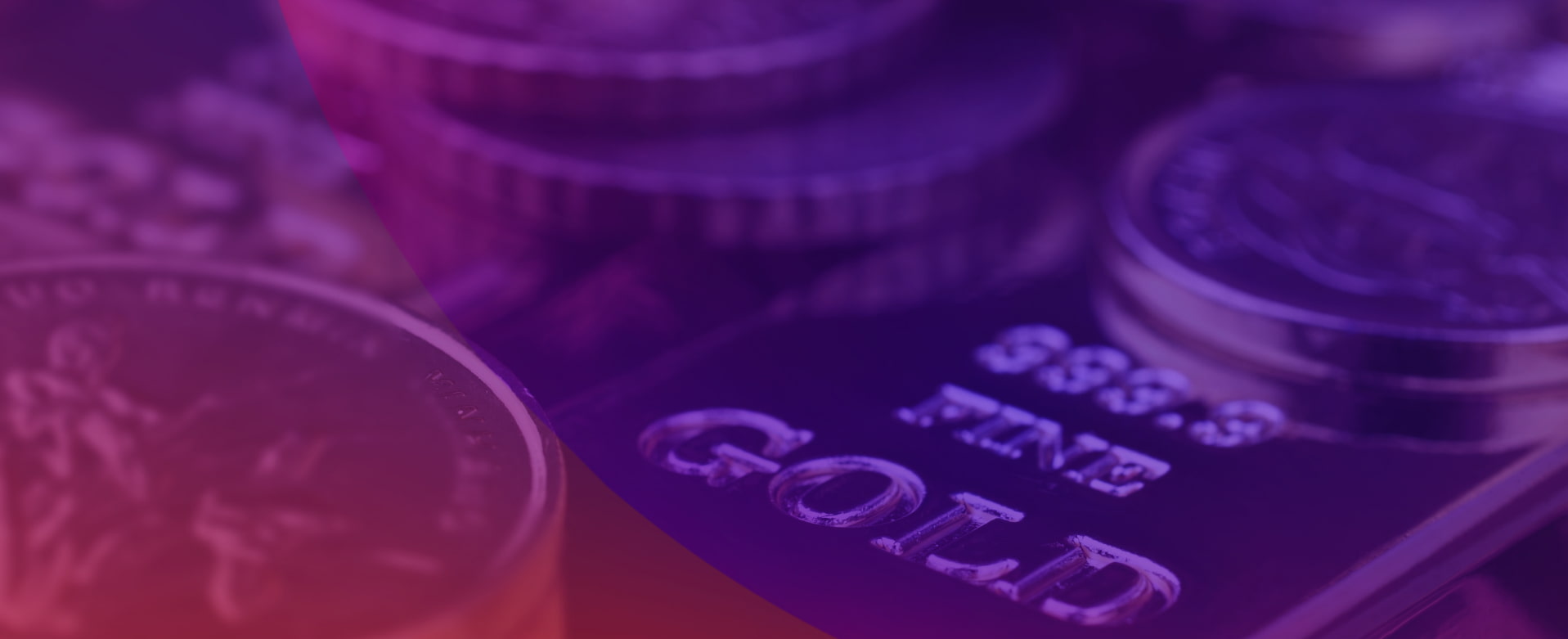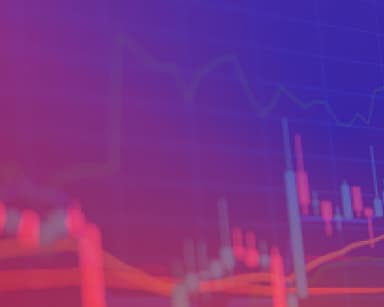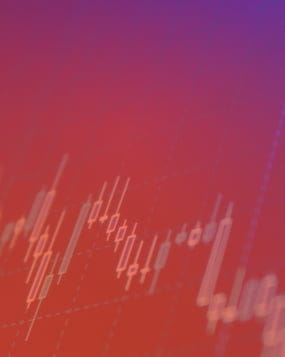In general, there are four widely considered precious metals: gold, silver, palladium and platinum. These metals hold their precious status due to the economic value placed on them. They're widely in demand due to their uses, and have limited supply, making them rare. They are used for including jewellery, electronics, engineering and medicine.
As well as their practical uses, precious metals are also heavily traded online. Not only are gold and silver commodities, but are often used as currencies too.
Throughout history, gold and silver have typically held high values due to their inherent durability compared to other metals. This has made them popular as a currency for trading for much of their history since discovery.
Whilst gold and silver are among the most well known and heavily traded metals, other expensive metals include iridium and ruthenium, albeit they are less known of or traded.
What is gold?
Gold is a precious metal that has been considered a luxury good since history began. Gold achieved its extravagant status due to its rarity, durability and because it is a malleable metal that can be crafted into decorative objects, making it attractive to nearly every civilisation through time.
In more modern times, gold has increased in popularity due to its conductive nature, thus creating many uses within electronics.
What is silver?
Silver is a precious metal known for its conductivity and anti-bacterial characteristics. Because of this, silver has a wide range of uses and applications from jewellery to dentistry to engineering.
What is platinum?
Platinum, like silver, is a precious metal that holds multiple practical uses from decoration through to medical applications. As well as this, platinum, and its alloys, have been used to make magnets and catalytic convertors.
What is palladium?
Palladium is another multi-purpose precious metal, but over 50% of all palladium produced is use in creating catalytic converters for automobiles. In more recent times, palladium has been increasingly used for scientific purposes as well as in jewellery.
How to trade precious metals
For hundreds of years, and still to today, investors trade gold bars directly, with exchanges around the world, but its largest is in London. Dealing in such manner requires many complicated elements for it to take place including custody, transportation and insurance. For this reason, indirect trading in the form of CFDs, ETFs and futures have become a more practical and popular method of accessing the market.
What drives precious metal prices?
Much like many other commodities, the price of metals is mainly driven by supply and demand.
Precious metal supply
For the precious metals supply has traditionally been driven by the ability to mine the metals, but in recent times, the ability to recycle has also increased the availability of precious metals.
Whilst there are possibilities for new deposits of metals such as gold and silver to be found and mined, there are finite resources available, meaning that there is only a certain amount that can be mined or produced.
These limited resources drive a large factor of the supply curve as unlike currencies, central banks and governments do not have the ability to create more precious metals when economic factors push them to.
Industry demand
As discussed previously, metals often have many practical purposes, thus causing other demand factors. Historically speaking, precious metals like gold have been in demand to satisfy the needs of the jewellery and decorative industries, but more recently, this has been magnified by its other practical uses including for electronics. These modern applications have also elevated the status and demand of other metals such as palladium.
Safe haven investments
In the realm of finance, gold and silver can often be considered as a 'safe haven' investment in times of economic uncertainty and are widely used as a portfolio diversification trading policy. Whilst not a certainty, it has often believed to be the case that when currencies and stocks see an impact causing a downturn in value, many investors look to invest in gold and silver as part of their risk management strategy to mitigate risk and maintain value in their portfolio.
How can you profit from trading precious metals CFDs?
Traders can profit from both rising and falling values in the metals markets by opening a position in the correct direction of the price movement and closing it for a profit.
Unlike traditional trading, when you trade a CFD you're just speculating on the price change of a metal rather than taking physical ownership. This gives you the ability to profit whether the market rises or falls. This is one of the most attractive elements of CFD trading.
Traders or investors that anticipate a precious metal will rise in value would typically buy a CFD, whereas if they felt a metal like gold would fall in value, they would open a sell, or short, position.
The ability to benefit from both rising and falling markets can be attractive to traders in times of market volatility as they seek to benefit in all directions.
New to trading?
City Index not only provides clients with a wealth of educational services in our Trading Academy, but we also offer you the chance to test drive our services and platform with a demo account to practise trading.








